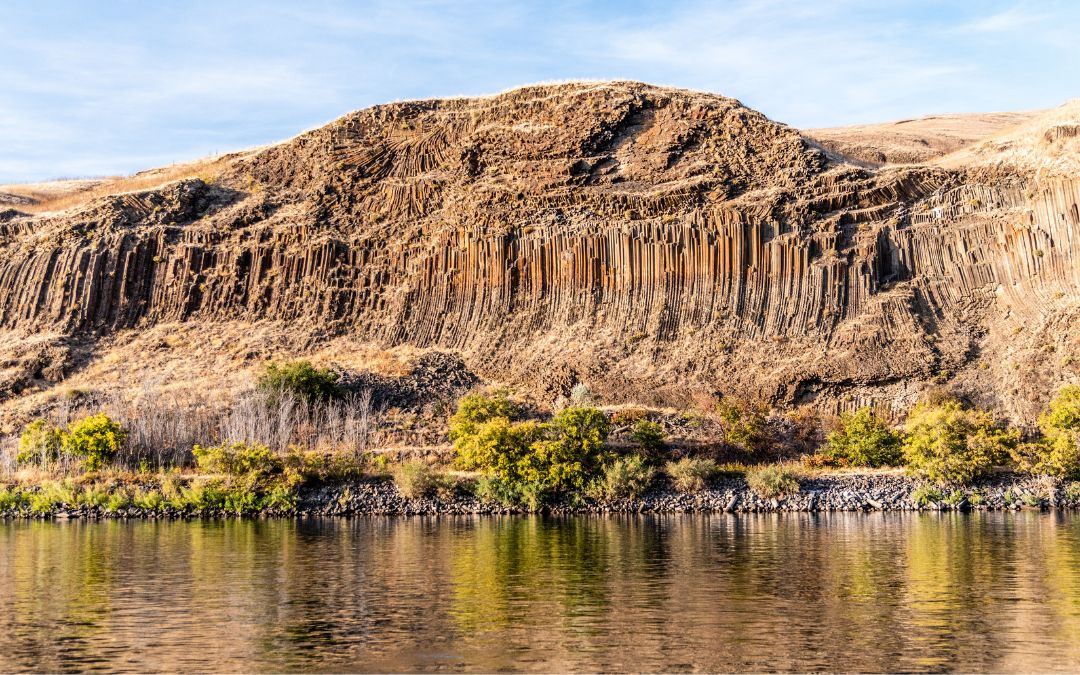The western United States is full of beautiful scenery. Perhaps one of the most stunning areas is Hells Canyon, a river gorge located in Idaho and Oregon. Not only is this area beautiful to explore, but it also offers interesting geology. Keep reading to learn four facts about Hells Canyon geography.
Defining Hells Canyon Is Controversial
You may find different definitions of Hells Canyon while researching the area. Some professionals limit the area to the part of the canyon around Hells Canyon Dam and Pittsburgh Landing. Others use the Snake River to define the area from Oregon to Idaho. Geologically, the best and most common definition of Hells Canyon is the river gorge running from Oregon to the Grande Ronde River confluence in Washington.
Hells Canyon Is the Deepest River Gorge in North America
Once we understand the definition of Hells Canyon, we can better appreciate its interesting geography. A geological fact that surprises many is that Hells Canyon is the deepest river gorge in North America. It’s even deeper than the Grand Canyon! The Grand Canyon is about 6,000 feet deep while the eastern rim of Hells Canyon is about 8,000 feet deep. Visitors can enjoy amazing hiking and other outdoor activities in this impressive canyon.
The Snake River Originates in Yellowstone National Park
Hells Canyon is a river gorge, and the name of its river is the Snake River. First Nations tribes that lived in the area used a sign similar to “snake” to describe the winding river, which is how it earned its name. This amazing river originates in Yellowstone National Park and flows south to north through Hells Canyon, all the way to the Columbia River in Washington.
The Salmon River is the largest tributary of the Snake River. It joins the Snake River towards the downstream end of the canyon. Visitors to the area can explore both rivers.
You Can See Recent Basalt Flows
Basalt flows are highly fluid lavas that ooze from volcanic vents. They can travel as sheets, in channels, or through lava tubes across broad land areas, including Hells Canyon. Underwater volcanoes and shifting tectonic plates originally formed Hells Canyon millions of years ago, but basalt flows continue in some areas today. Visitors can observe these basalt flows along with other geological formations in the area.
Many interesting geological facts about Hells Canyon exist, but we find these four to be the most fascinating. If you want to observe all the wonders of this area, join our Snake River boat tours. Boat tours are thrilling and the perfect way to see both the river and canyon.

Recent Comments